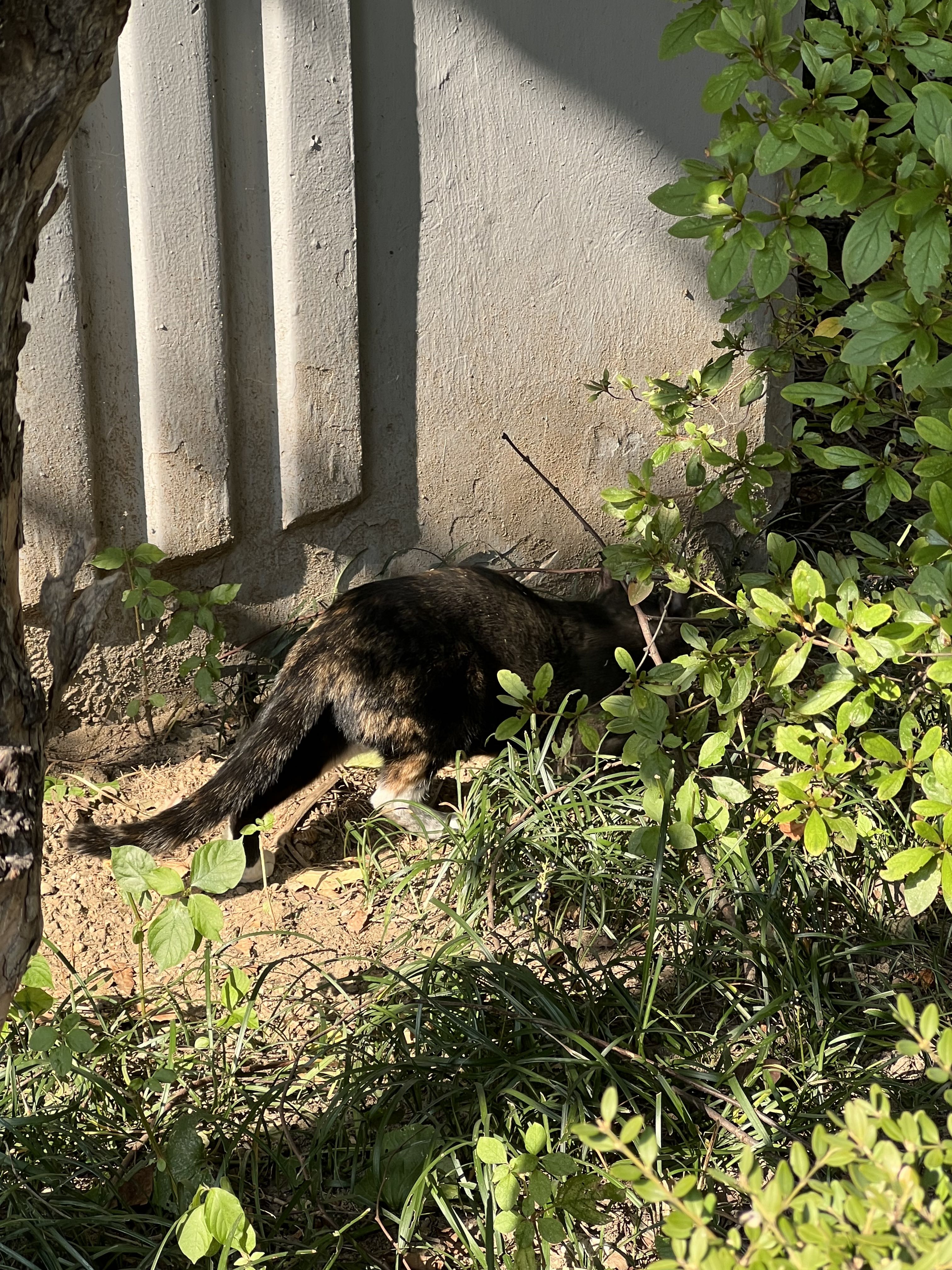Notice
Recent Posts
Link
정화 코딩
[C++] 육각형 우리 속의 개미 (백준 17370번) 본문


https://www.acmicpc.net/problem/17370

각 이동은 위와 같이 벡터로 표현할 수 있다. 실수 좌표계에서 방문 처리를 하는 법은 여러 방법이 있을 수 있겠지만 나는 두가지 방법으로 구현해보았다.
1. 실수 좌표를 그대로 사용, 대신 오차 범위를 두고 비교
벡터는 동일하게 (1, 0) (0.5, sqrt(3)/2), (-0.5, sqrt(3)/2), ... 이런 식으로 계산한다. 다만 소수점 둘째자리 정도까지 반올림해주었다. 그래야 계산 상의 차이로 아주 작은 오차가 생겼을 때 같은 점으로 인식할 수 있다.
나는 실수를 scale 후에 반올림을 해서 정수로 만들고, pair<int, int>을 원소로 하는 set으로 방문 처리를 해주었다.
#include <iostream>
#include <vector>
#include <set>
#include <cmath>
using namespace std;
double dx[6] = {1, 0.5, -0.5, -1, -0.5, 0.5};
double dy[6] = {0, sqrt(3)/2, sqrt(3)/2, 0, -sqrt(3)/2, -sqrt(3)/2};
int n;
set<pair<int, int>> vst;
int ans = 0;
pair<int, int> toKey(double x, double y, int scale = 100) {
return {round(x * scale), round(y * scale)};
}
void dfs(double x, double y, int d, int cnt) {
if (cnt > n) return;
auto key = toKey(x, y);
if (vst.count(key)) {
if (cnt == n) ans++;
return;
}
vst.insert(key);
int newd1 = (d + 1) % 6;
int newd2 = (d + 5) % 6;
dfs(x + dx[newd1], y + dy[newd1], newd1, cnt + 1);
dfs(x + dx[newd2], y + dy[newd2], newd2, cnt + 1);
vst.erase(key);
}
int main() {
ios_base::sync_with_stdio(0);
cin.tie(0);
cout.tie(0);
cin >> n;
auto start = toKey(0, 0);
vst.insert(start);
dfs(dx[0], dy[0], 0, 0);
cout << ans << '\n';
}(AC)
2. 좌표 자체를 정수 기반으로 변환
벡터 자체를 (1, 0), (1, 1), (-1, 1), ... 이런 식으로 정수 기반으로 바꿔서 생각한다.
그래서 정수 좌표계에서 방문 처리를 하는 것과 동일하게, 이차원 bool 배열로 방문 처리를 해주었다.
#include <iostream>
#include <vector>
#include <set>
#include <cmath>
using namespace std;
int dx[6] = {1, 1, -1, -1, -1, 1};
int dy[6] = {0, 1, 1, 0, -1, -1};
int n;
vector<vector<bool>> vst;
int ans = 0;
void dfs(double x, double y, int d, int cnt) {
if (cnt > n) return;
if (vst[x + 25][y + 25]) {
if (cnt == n) ans++;
return;
}
vst[x + 25][y + 25] = 1;
int newd1 = (d + 1) % 6;
int newd2 = (d + 5) % 6;
dfs(x + dx[newd1], y + dy[newd1], newd1, cnt + 1);
dfs(x + dx[newd2], y + dy[newd2], newd2, cnt + 1);
vst[x + 25][y + 25] = 0;
}
int main() {
ios_base::sync_with_stdio(0);
cin.tie(0);
cout.tie(0);
cin >> n;
vst = vector<vector<bool>>(50, vector<bool>(50, 0));
vst[0 + 25][0 + 25] = 1;
dfs(dx[0], dy[0], 0, 0);
cout << ans << '\n';
}(AC)
'PS' 카테고리의 다른 글
| [C++] 배열 정렬 (백준 28707번) (0) | 2025.05.29 |
|---|---|
| [C++] 차량 모듈 제작 (백준 28297번) (0) | 2025.05.26 |
| [C++] 물류창고 (백준 28296번) (0) | 2025.05.20 |
| [C++] 사이클 게임 (백준 20040번) (1) | 2025.05.19 |
| [C++] 응원단 (백준 28300번) (0) | 2025.05.19 |
Comments




